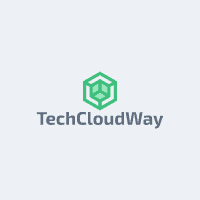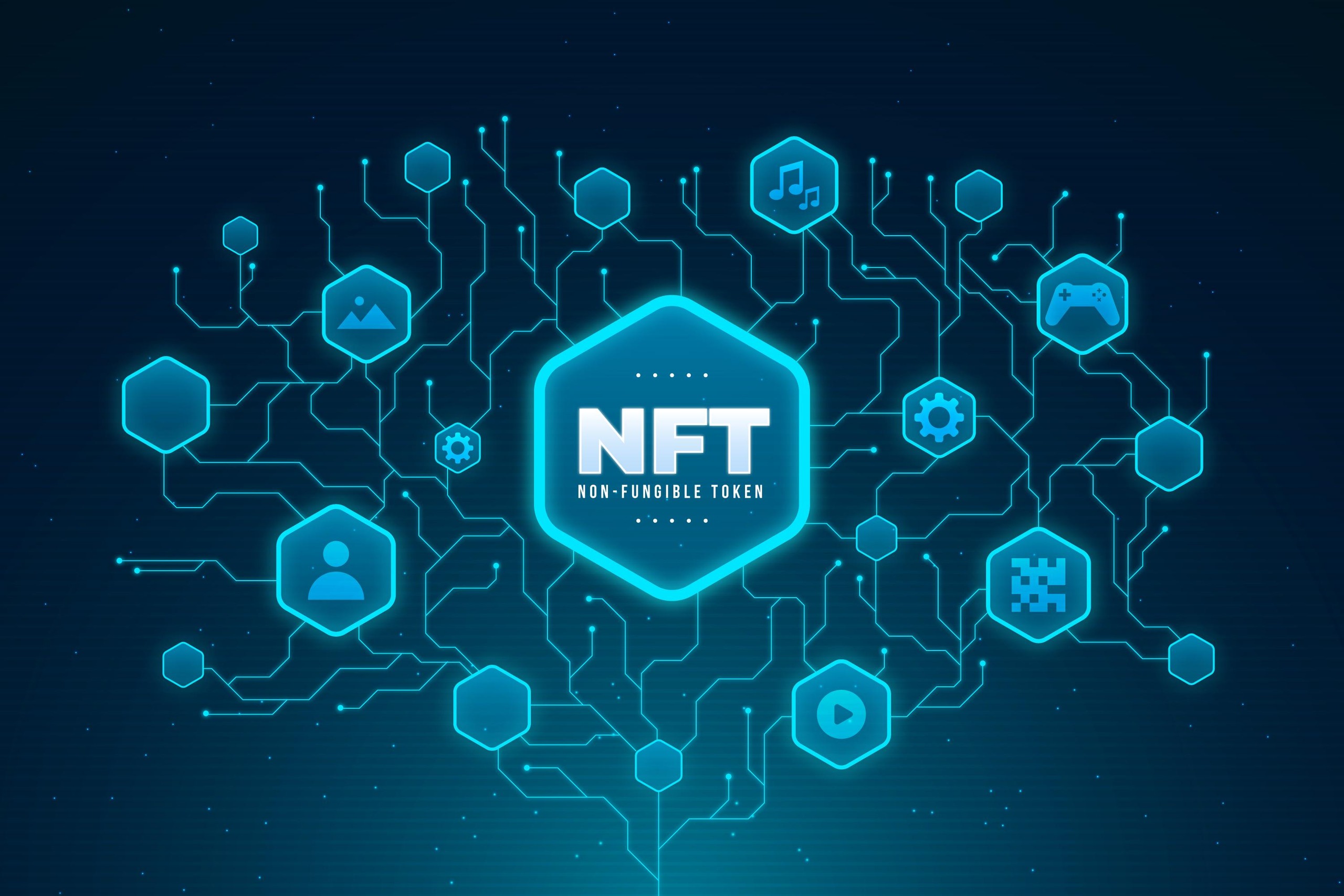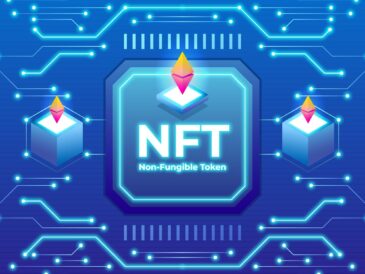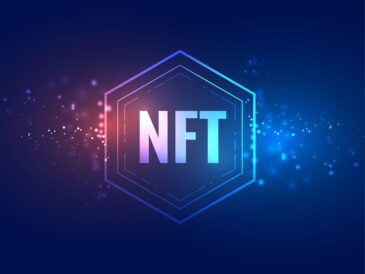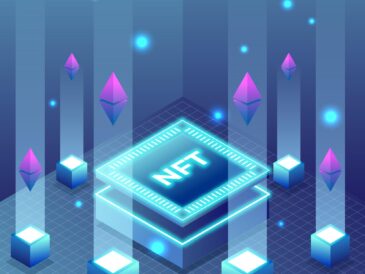Non-Fungible Tokens (NFTs) have been in the headlines since their emergence in 2020. They have made headlines for record-breaking sales and have set ablaze a new era of digital ownership. But what exactly are NFTs, and how do they work? In this beginner’s guide, we will take you through all you need to know about NFTs, from their unique characteristics to how they’re transforming the digital art world.
So what are you waiting for? Keep reading!
Understanding NFTs: A Brief Overview
NFTs, or non-fungible tokens, represent unique digital assets built on blockchain technology. They offer transparency and security, making them popular in the art, music, and gaming industries. NFTs can be bought, sold, and traded on various marketplaces, providing a new way of digital ownership and authenticity.
From NFT art to trading cards, these marketplaces cater to different categories of NFTs. NFT enthusiasts can find top-notch platforms for buying and selling, such as auction houses and best NFT marketplaces. They can also use crypto wallets for secure transactions, bidding, and ensuring fair prices.
1. The Unique Characteristics of NFTs
NFTs possess distinctive features that set them apart in the digital world. Firstly, NFTs are indivisible and cannot be broken down into smaller units, making each one a unique whole. Additionally, NFTs come with metadata that provides valuable information about the asset, including its creator, ownership history, and other relevant details.
Moreover, NFTs can program smart contracts, enabling creators to earn royalties from secondary sales. With their versatility, NFTs can represent various digital assets, ranging from artwork and collectables to virtual real estate. Lastly, NFTs provide a unique user experience, allowing collectors to proudly showcase their digital assets.
2. How NFTs Are Transforming Digital Ownership?
NFTs are revolutionising digital ownership by offering verifiable ownership and provenance in the digital world. Creators can now directly monetise their digital creations, eliminating the need for intermediaries. This empowers artists and content creators, allowing them to retain more control over their work. Moreover, NFTs open new opportunities for fans and collectors to support their favourite artists. With NFTs challenging traditional notions of ownership, the lines between physical and digital assets are blurred, creating a dynamic and exciting landscape for art and other digital assets.
A Glimpse into the Evolution of NFT Marketplaces
NFT marketplaces, such as Rarible, SuperRare, and OpenSea, have transformed from niche platforms into mainstream venues for digital asset transactions. These marketplaces offer various categories, from digital art to virtual real estate and domain names, providing a global open market for creators and collectors to connect and transact.
The emergence of popular NFT marketplaces has fueled the growth of the NFT ecosystem, making it easier than ever to buy, sell, and trade various NFTs. Artists, collectors, and enthusiasts now have top-notch platforms to explore and navigate this ever-evolving world.
1. From Blockchain to Art: The Journey of NFTs
Blockchain is the foundational technology for creating and trading NFTs, allowing for secure and transparent transactions. The advent of NFTs has transformed the art world, allowing digital artists to monetise their work in previously unimaginable ways.
These unique digital assets have gained widespread recognition, reaching the mainstream through high-profile sales and collaborations. The scarcity and one-of-a-kind nature of NFTs have attracted traditional art collectors to explore this new realm of digital art. However, their rise has also sparked debates about the value and future of art in the digital age.
2. The Role of Non-Fungible Tokens In The Digital Art World
Non-Fungible Tokens (NFTs) are revolutionising how digital artworks are bought and sold. These unique tokens enable artists to establish the rarity and uniqueness of their digital creations, creating a new level of value and ownership. NFTs offer numerous benefits for artists, including increased control over their work and monetisation opportunities.
By leveraging NFTs, artists can directly connect with their audience, forging meaningful relationships and building a community around their art. Moreover, the impact of NFTs extends beyond the digital art world, challenging the traditional art market and shifting perceptions of digital art.
3. Benefits And Opportunities For Digital Artists
Showcasing your artwork to a global audience becomes effortless with NFT marketplaces, allowing you to reach potential buyers worldwide. One significant advantage is the opportunity to earn royalties from secondary sales of your digital creations, ensuring that you continue to benefit even after the initial sale.
Additionally, these platforms enable you to explore new revenue streams by creating limited-edition collectables that can generate a high demand among NFT enthusiasts. With blockchain technology, your artwork’s authenticity and ownership are protected, giving you peace of mind. Moreover, collaborating with other creators on these platforms can help you build a community around your work and foster valuable connections.
Decoding The Mechanism Of NFT Marketplaces
NFT marketplaces facilitate the buying, selling, and trading digital assets, offering a user-friendly interface for seamless navigation. Transactions on these marketplaces are enabled by smart contracts, ensuring secure and transparent dealings. One of the key advantages of NFTs is that buyers can easily verify the authenticity and ownership of their digital collectables through the blockchain.
These marketplaces provide a centralised platform where collectors and enthusiasts can explore various categories of NFTs, including NFT art, trading cards, and even virtual real estate. In today’s complex world, NFT marketplaces are revolutionising how digital assets are bought, sold, and valued.
Navigating the World of NFT Transactions
Navigating the world of NFT transactions involves buying, selling, and trading digital assets on various platforms. These transactions occur in different NFT marketplaces catering to specific niches and categories of digital assets. Users need a digital wallet to securely store and manage their NFTs to participate in these transactions. It’s essential to consider gas fees on blockchain networks, as they can impact the cost of NFT transactions. Additionally, implementing two-factor authentication and other security measures is crucial to protect NFT holdings from unauthorised access.
Understanding Payable, Token-Based, and Fractional NFTs
Payable NFTs offer the convenience of purchasing assets using traditional payment methods like credit cards, making it easier for users to participate in the NFT market. On the other hand, token-based NFTs enable fractional ownership, allowing investors to own a portion of valuable NFTs, such as rare artwork or trading cards. Fractional NFTs introduce shared ownership, making digital assets more accessible to a wider audience. Each type of NFT has its benefits and considerations for creators and collectors, contributing to the diversity and inclusivity of the NFT market.
Navigating the complexities of the NFT marketplace can be challenging, but you can overcome these hurdles with the right approach. Understanding the features of various NFT marketplaces is crucial to making informed decisions. It’s essential to know how to properly value NFTs and avoid scams or inflated prices.
Managing the technical aspects of buying, selling, and trading NFTs, such as wallet management and gas fees, is also essential. Staying current on trends and developments in the NFT marketplace and wider cryptocurrency industry is key. Building a community and establishing a brand around your NFTs can also increase visibility and boost sales.
The Final Say
Navigating the world of NFT marketplaces can be an exciting and profitable endeavour. As the popularity of NFTs continues to rise, it is vital to understand their unique characteristics and benefits. From transforming digital ownership to creating opportunities for digital artists, NFTs have revolutionised the art world.
As the future of NFT marketplaces unfolds, we can expect further advancements and innovations that will shape the future of digital art. Stay informed and embrace this new era of digital ownership and creativity.
